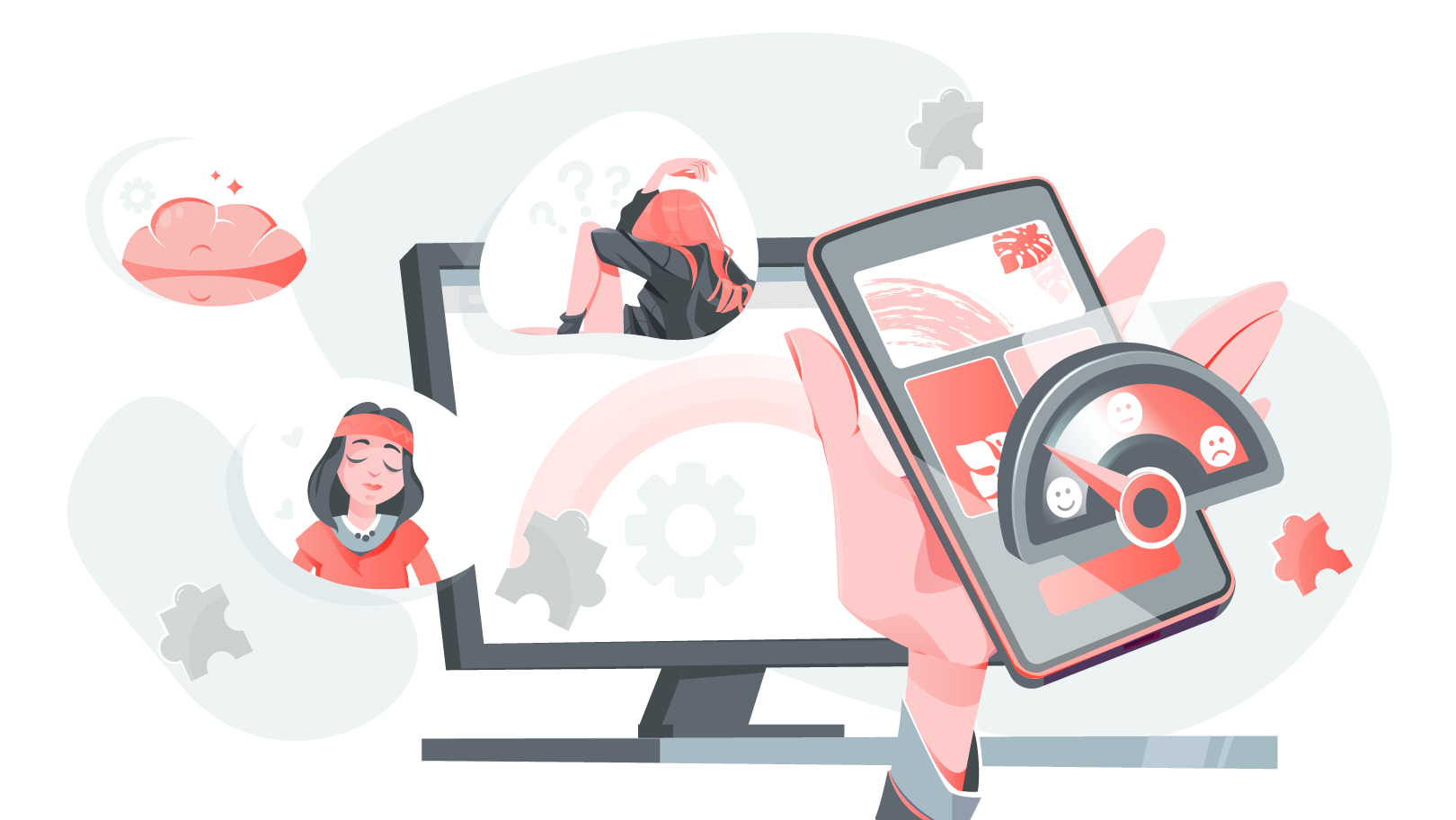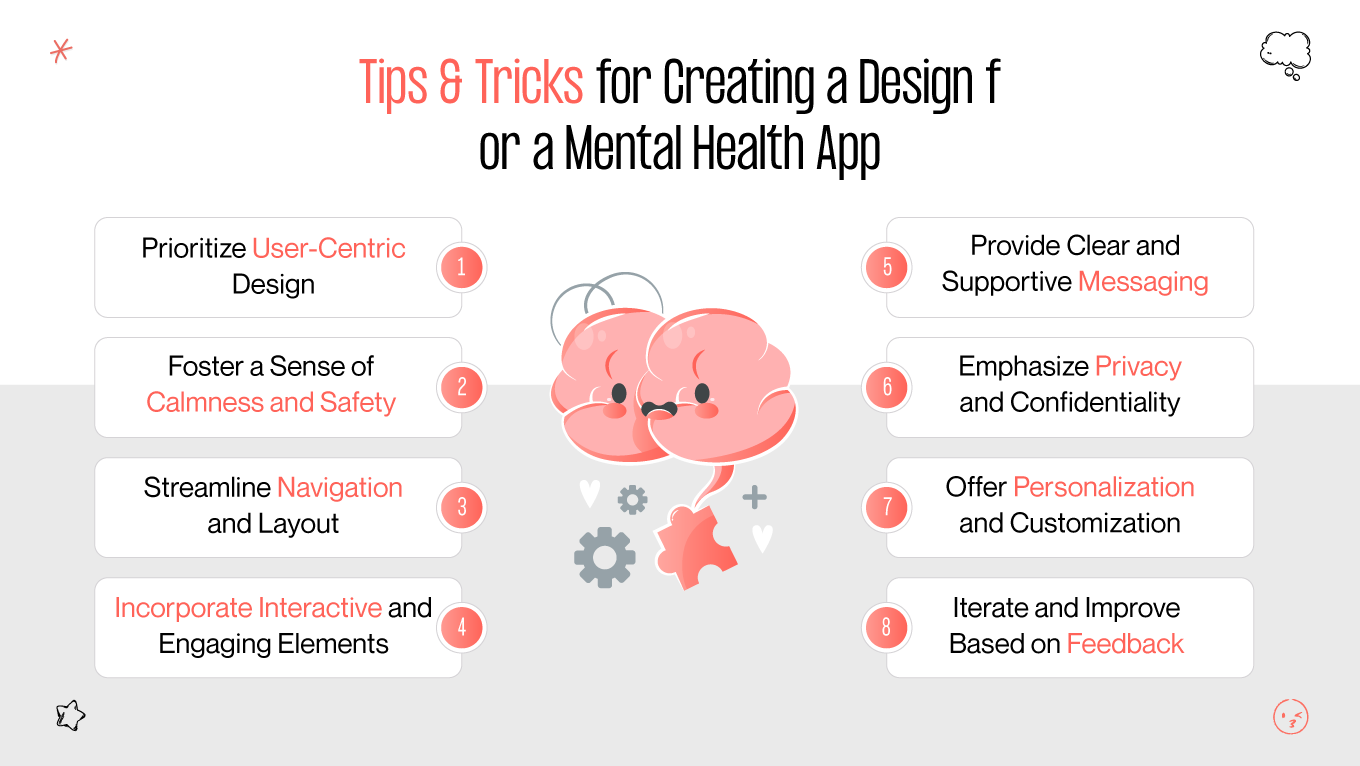Are you ready to embark on a journey into the heart of user experience and interface design? Brace yourself for a revelation: the world of mental health app design is not just about pixels and code; it's a realm where empathy meets innovation, and where every detail can make a profound difference in someone's well-being.
Can you believe that in today's fast-paced digital age, where stress and anxiety are all too common, mental health apps have become essential lifelines for millions? According to recent studies, over 40% of adults report symptoms of anxiety or depression, underscoring the urgent need for accessible and effective mental health support.
But what separates a run-of-the-mill app from one that truly resonates with users? The answer lies in the delicate balance of user-centric design principles and cutting-edge technology. Research by Zippia reveals that user interface designers, driven by empathy and creativity, play a pivotal role in shaping the digital landscape.
Consider this: Generation Z, the digital natives shaping tomorrow's world, demand seamless experiences that cater to their unique needs and preferences. As designers, we must rise to the challenge, harnessing the power of data-driven insights and human-centered design to craft solutions that empower and inspire.
Intrigued? You're not alone. Join us as we delve into the art and science of mental health app design, uncovering invaluable insights and practical tips to guide you on your quest. From e-commerce statistics to user demographics, we'll draw upon a wealth of resources to illuminate the path forward.
In this comprehensive guide, Gapsy promises to equip you with the knowledge and tools you need to create mental health apps that truly make a difference. So buckle up and get ready to embark on a transformative journey. The solution awaits – let's dive in!











